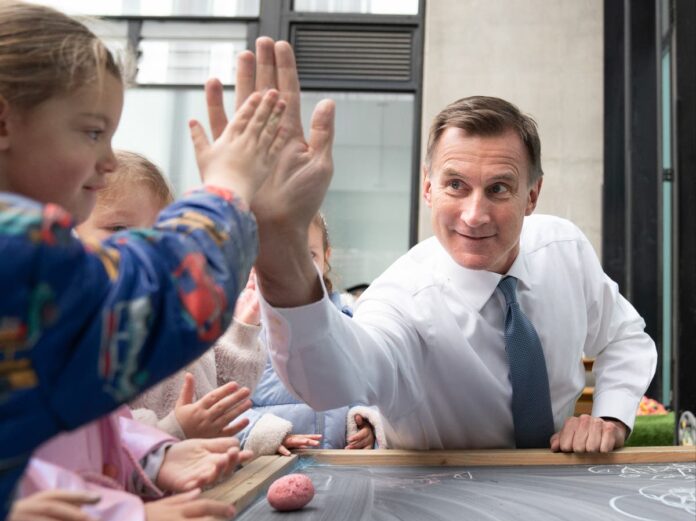Britain is no longer a global economic outlier after a huge upgrade to its post-pandemic economic performance by the Office for National Statistics. GDP – the size of Britain’s economy – climbed back above pre-pandemic levels by the end of 2021, the agency said on Friday – much faster than previously thought. The ONS originally said the economy was still 1.2 per cent smaller than its pre-lockdown size in the final three months of 2021; it now says GDP was 0.6 per cent higher than before the pandemic. The change means Britain is not the only G7 economy yet to have recovered from Covid . Panmure Gordon chief economist Simon French called the revision ‘extraordinary’ and said ‘the entire UK economic narrative – post pandemic – has just been revised away’. ‘Every ‘UK not back at pre-Covid-19 level’ headline is now obsolete. The ‘UK is bottom of the G7′ is no longer true,’ he added. The revision neuters a key attack line for Labour, which has highlighted the claim Britain is the only G7 country still poorer than before the pandemic. Chancellor Jeremy Hunt said ‘those determined to talk down the British economy have been proved wrong’. However, it came as separate figures showed Britain’s troubled manufacturing sector last month shrank at its fastest rate since the pandemic, and that the average UK house price fell in August at the sharpest annual rate seen in 14 years. Mr Hunt said: ‘There are many battles still to win, most of all against inflation so we can ease cost of living pressures on families. But if we stick to the plan we can look forward to healthy growth which, according to the IMF, will be faster than Germany, France, and Italy in the long term.’ The changes, which added almost 2 per cent to the size of Britain’s economy, mean the UK no longer has the worst growth record among G7 countries since 2019. They also show Britain’s economy is likely outperforming Germany, Europe’s biggest economy. The ONS blamed the revisions on the economic contraction caused by Covid being less severe than previously thought. It added that companies had also continued adding to piles of unsold stock instead of selling them down as had been thought. The ONS also found wholesalers and the health sector had produced much more in 2021 than it had thought. Former Tory leader Sir Iain Duncan Smith told The Independent : ‘It is time for the ONS and other forecasters to accept that their forecasts are almost always wrong. ‘Instead of using their dire forecasts to beat the UK up, they should talk up the remarkable record of British business in defying the forecasters and succeeding.’ Meanwhile, according to the influential S&P Global/CIPS UK Manufacturing PMI survey, manufacturing has now shrunk for 13 straight months. Its reading dropped from 45.3 in July to 43.0 in August. ‘Manufacturers reported a weakening economic backdrop as demand is hit by rising interest rates, the cost of living crisis, export losses and concerns about the market outlook,’ said Rob Dobson, director at S&P Global Market Intelligence. ‘While this is being felt across the manufacturing industry, business-to-business companies are especially hard hit.’ And house prices fell by 5.3 per cent annually in August, taking the average property value to £259,153, Nationwide Building Society said, marking the biggest annual percentage drop since July 2009. Nationwide said house prices are now typically around £14,600 below their August 2022 peak. Robert Gardner, Nationwide’s chief economist, said: ‘August saw a further softening in the annual rate of house price growth to minus 5.3 per cent, from minus 3.8 per cent in July, the weakest rate since July 2009.’
Britain’s Covid rebound was quicker than thought, ‘extraordinary’ new data shows
Sourceindependent.co.uk
RELATED ARTICLES


